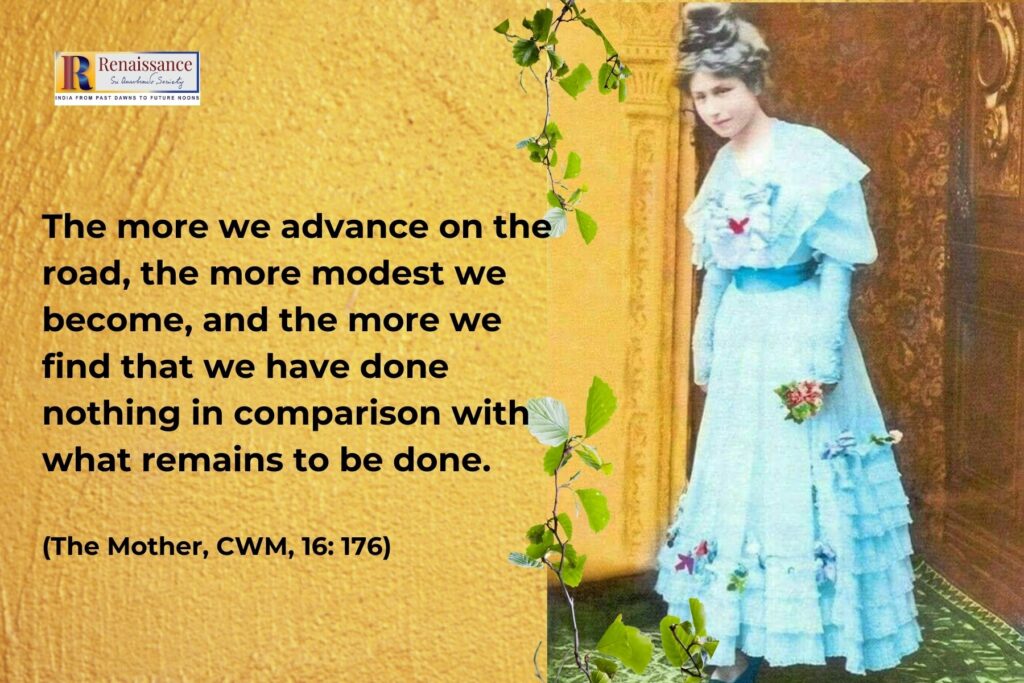In India, since millennia, modesty or humility has been considered the one of the most noble virtues, one that is the ornament of all virtues. In present times when self-promotion is not only an acceptable practice but has actually become a highly sophisticated skill that one must master if one wants to be ‘successful’, humility often takes a backseat. But if we step back for a moment and reflect carefully we will find that it is exactly in times like these that we must sincerely begin to examine for ourselves what is true humility. And more importantly, how it is related to our inner journeys, our growth as conscious individuals with an aspiration to grow inwardly and walk the path that takes us closer to our highest Self within. This issue is dedicated to exploring Humility as one of the Twelve Powers which the Mother spoke of as necessary for the full manifestation of Her Work.








